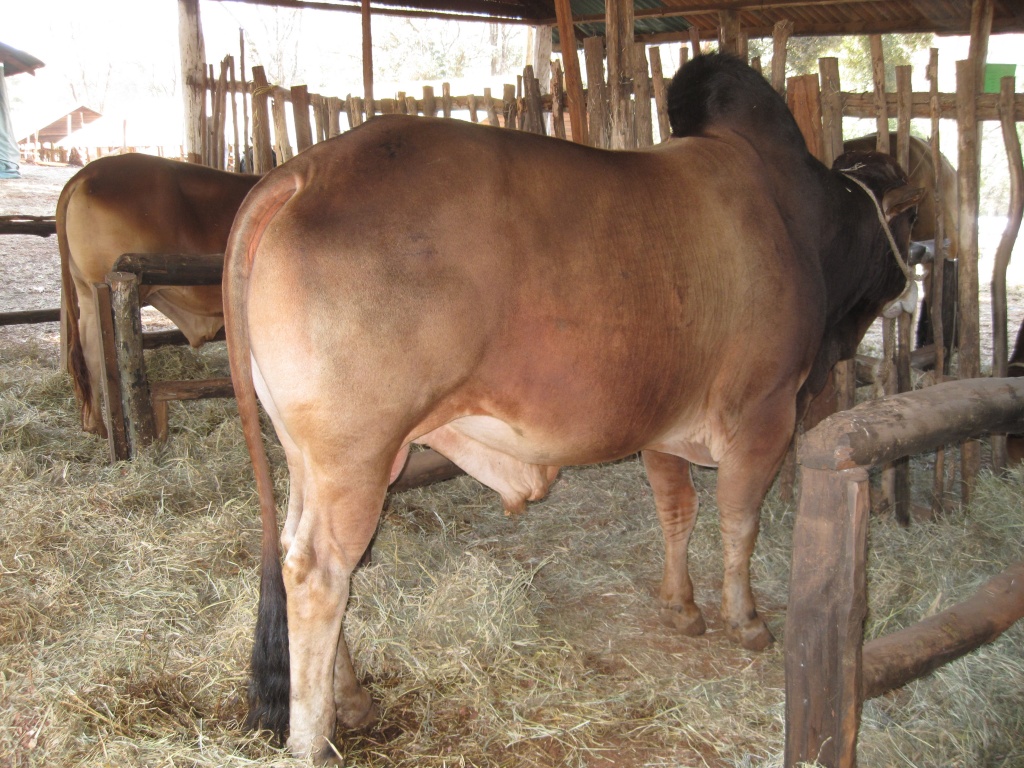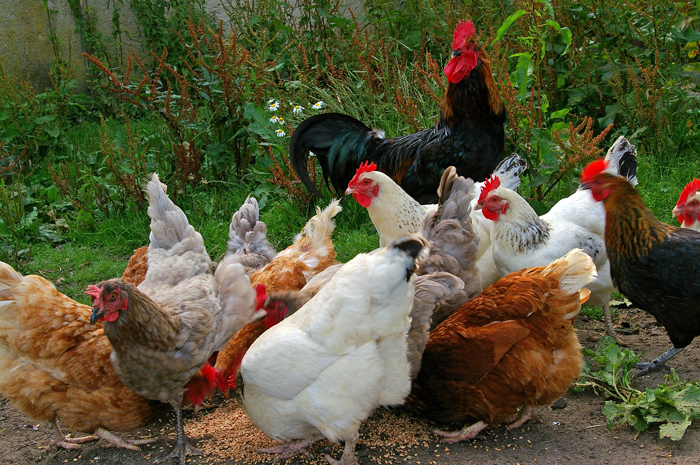World Health Organisation (WHO) has recommended that farmers and the food industry should stop using antibiotics routinely to promote growth and prevent disease in healthy animals as this promotes spread of the drugs resistance among the animals.
“Over-use and misuse of antibiotics in animals and humans is contributing to the rising threat of antibiotic resistance. Some types of bacteria that cause serious infections in humans have already developed resistance to most or all of the available treatments, and there are very few promising options in the research pipeline,” read WHO’s statement.
RELATED ARTICLE: New KALRO poultry vaccines don’t need fridges to store
The new WHO recommendations aim to help preserve the effectiveness of antibiotics that are important for human medicine by reducing their unnecessary use in animals. In some countries, approximately 80% of total consumption of medically important antibiotics is in the animal sector, largely for growth promotion in healthy animals.
“A lack of effective antibiotics is as serious a security threat as a sudden and deadly disease outbreak,” says Dr Tedros Adhanom Ghebreyesus, Director-General of WHO. “Strong, sustained action across all sectors is vital if we are to turn back the tide of antimicrobial resistance and keep the world safe."
A systematic review published in The Lancet Planetary Health found that interventions that restrict antibiotic use in food-producing animals reduced antibiotic-resistant bacteria in these animals by up to 39%. This research directly informed the development of WHO’s new guidelines.
RELATED ARTICLE: Scientists step up war on East Coast Fever with superior vaccine
WHO strongly recommends an overall reduction in the use of all classes of medically important antibiotics in food-producing animals, including complete restriction of these antibiotics for growth promotion and disease prevention without diagnosis. Healthy animals should only receive antibiotics to prevent disease if it has been diagnosed in other animals in the same flock, herd, or fish population.
Where possible, sick animals should be tested to determine the most effective and prudent antibiotic to treat their specific infection. Antibiotics used in animals should be selected from those WHO has listed as being “least important” to human health, and not from those classified as “highest priority critically important”. These antibiotics are often the last line, or one of limited treatments, available to treat serious bacterial infections in humans.
"Scientific evidence demonstrates that overuse of antibiotics in animals can contribute to the emergence of antibiotic resistance," says Dr Kazuaki Miyagishima, Director of the Department of Food Safety and Zoonoses at WHO. "The volume of antibiotics used in animals is continuing to increase worldwide, driven by a growing demand for foods of animal origin, often produced through intensive animal husbandry.”
RELATED ARTICLE: Livestock farmers to save Sh160 with cheap foot and mouth vaccine
Many countries have already taken action to reduce the use of antibiotics in food-producing animals. For example, since 2006, the European Union has banned the use of antibiotics for growth promotion. Consumers are also driving the demand for meat raised without routine use of antibiotics, with some major food chains adopting “antibiotic-free” policies for their meat supplies.
Alternative options to using antibiotics for disease prevention in animals include improving hygiene, better use of vaccination, and changes in animal housing and husbandry practices.
Write comment (0 Comments)

















